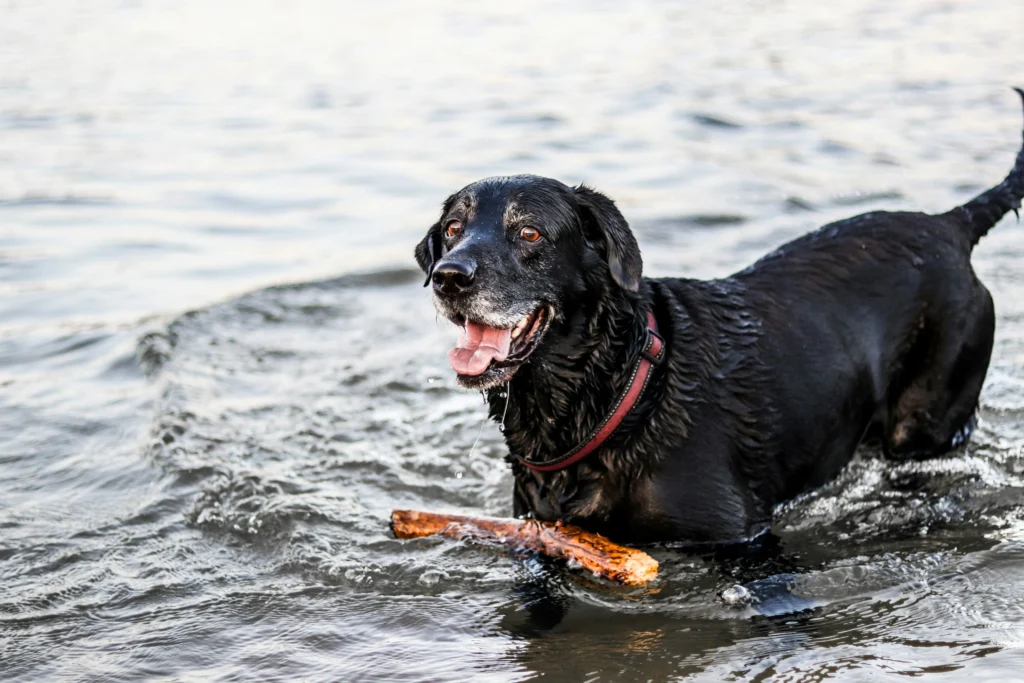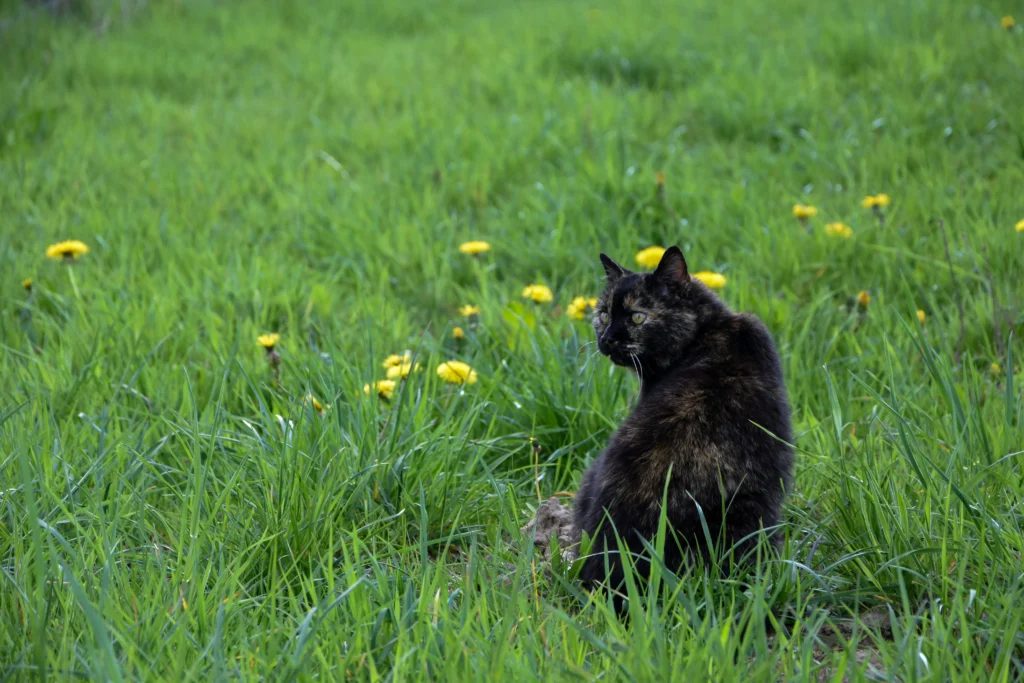Body condition scoring . . . It’s more than just weight.
August 26, 2016
Have you ever wondered if your cat or dog is overweight? You probably know evaluating your furry companion’s weight and making recommendations about weight loss and nutrition are part of your pet’s annual physical exam, but did you know you can easily evaluate your pet’s body condition at home between visits?
A body condition score (BCS) is a number assigned to your pet based on evaluation of fat at a few key locations on their body. A BCS can range from 1 to 9 (though some hospitals use a 1 to 5 scale). A BCS of 1 means an animal is severely underweight, probably in danger of death from starvation. On the opposite side of scale, a BCS of 9 means an animal is severely overweight, covered in fat, and at risk for suffering from arthritis and diabetes to name a few complications of obesity. An ideal BCS is 4-5 out of 9. For every number above 5, your pet is an extra 10 percent overweight. For example, a dog with body condition score (BCS) of 7 out of 9 is approximately 20 percent overweight.
To determine your pet’s body condition score, you will need to evaluate the ribs, waist, and hips:
Ribs
At an ideal body condition, you will be able to feel your pet’s ribs easily with flat fingers. If you need to use the tips of your fingers, but can still find the ribs easily, your pet is closer to a 6 out of 9. If you have to really work to find the ribs with your finger tips, that’s a 7 or 8 out of 9. If you can’t find those ribs at all, you’re looking at BCS of 8 or 9 out of 9. On the other side, if you can very easily feel the ribs and just barely see them, that’s a 4 out of 9. If you see your pet’s ribs very easily from across the room, they are too thin with a BCS of 3 or less. There are some exceptions for very lean body type dogs such as greyhounds. You can practice on your hand: Make a fist: The knuckles are 3/9, and the backs of your fingers where your rings would sit is a perfect 5/9; now open your hand, palm up: the knuckles where your fingers meet your palm is a 7/9 and the middle of you palm is a 9/9.
Waist
There should be a visible “waist” behind the rib cage. In fluffy pets, you should be able to feel it or see it when they are wet. From the side you should be able to see a “tuck” to the abdomen starting where the chest ends and going up toward the hips.
Hips
Pets get “love handles” just like we do! You should be able to feel the points of the hips easily, with no squishy bulges on any side. If you can clearly see the hip bones or there is no muscle on them, the pet is too thin.
Here are examples of body condition scoring charts for dogs and cats.
Just like us, pets need to calibrate their food intake based on their weight. Having trouble squeezing in to your jeans? You might skip that second bowl of ice cream for a few weeks. Training like Michael Phelps? You need to up those calories to keep up!
Similarly, if you have the skills to evaluate your pet’s body condition at home, you can discover when they’re moving past optimal condition and tone down the treats or level out the food scoop until we’re back on track.
If your pet is obese, work with your veterinarian to come up with a caloric plan — for both goals of number of calories/day (treats included!) and dietary recommendations. If your pet is losing condition we may need to adjust the diet to a high-calorie/high-activity diet or look into reasons why your pet may be too thin (as we can sometimes see with chronic diseases, nutritional deficiencies, or cancer, among many other causes).
For those of you who like math — the caloric needs of a pet (assuming middle age, ideal body weight and average activity):
Weight (in kilograms)^0.75 x 70 = daily resting energy requirements
Depending on a pet’s body condition, goals for weight loss or weight gain, activity level and age (i.e. growing pets have different caloric requirements than a senior pet) we will use multipliers of 0.75 – 3 to get a better estimation of a pets specific daily caloric requirements.
In obese pets, sometimes just reducing their regular food to the appropriate daily caloric goal doesn’t satisfy them and can actually short them on needed proteins to maintain healthy muscle, so it’s important to discuss anticipated weight loss plans with your pet’s veterinarian. Keep yourself honest with a regular weigh-in schedule and keep track of goals.
By regularly checking in on weight and BCS you and your veterinarian can see if a weight loss/gain plan is working — and tweak things if they’re not.
Related Posts

DVM Blog Post - Osteoarthritis AKA Degenerative Joint Disease
CAC Staff | September 12, 2024
Osteoarthritis, also known as degenerative joint disease, is a condition which will affect most dogs in their lifetime. As dogs age the incidence of arthritis increases and other confounding...


